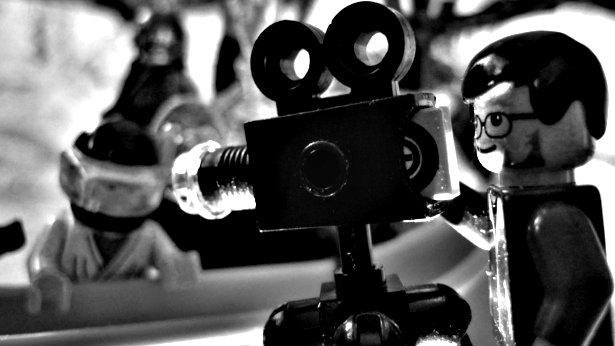ROSL97: The art of making movies.
ROSL97: Reflections on startup life, Week 97
Well I know now I don’t want to be a movie director. It’s taken the better part of a week to get a cut of our introductory video for Trunk.ly that I’m happy enough with, and yet there is still more I could do to improve it if I could sink the time into it!

It’s been an interesting experience overall, but you really need a lot of patience I think. I’ve done a few videos in the past and I’ve learnt a lot more doing this one. A few pointers if you ever want to write one of these yourself that I’ve found useful.
- Get a good editing package. I love the free trial of Camtasia for this (if you only do one a year, there’s usually an upgrade in between that seems to get you another 30 days free which is handy).
- Take the time to write a script. This is important for a few reasons. Obviously you get to think about the message, but also you’ll inevitably be re-recording parts of the script, so having it written down so that it’s roughly the same length each time is very handy.
- Record the script in paragraph length chunks. This lets you easily move the voice over to match the action, re-record voice overs, or even redo and reorder sections.
- I ended up recording the script into Audacity as the quality in Camtasia didn’t seem as good. I then imported it.
- Match the action to the script. I did a “rough” cut which was screen recordings of the parts I felt matched the voice over, but I didn’t polish it. Use this to get feedback. I changed the script a bit at this stage and reordered parts. Also if (like us) you’re shooting a product that’s evolving, you’ll inevitably go back and reshoot before the end anyway.
- Put it aside for a couple of days. This is critical. If you’re like me, you just want to get it done, but you start to “accept” things that could be improved because you’re sick and tired of moving bits of video around.
- Come back, re-edit with a clear mind and re-shoot bits that are needed.
- Watch it through several times, start adding special effects to zoom and pan, add call outs etc. Our rule of thumb, when we are talking about a specific feature, it’s zoomed in, when it’s general, or showing where something is located, it’s zoomed out.
- Finally, when you produce the output, I found AVI the best. I had a lot of problems with the voice (still isn’t perfect) but the best result was using it uncompressed.
It’s been a busy last week for both Alex and I, but we are rapidly approaching the deadline for launch tomorrow. In the meantime, you can watch my video efforts and see the new landing page video below.
[youtube http://www.youtube.com/watch?v=mv1ue5B2GE0?wmode=transparent]
